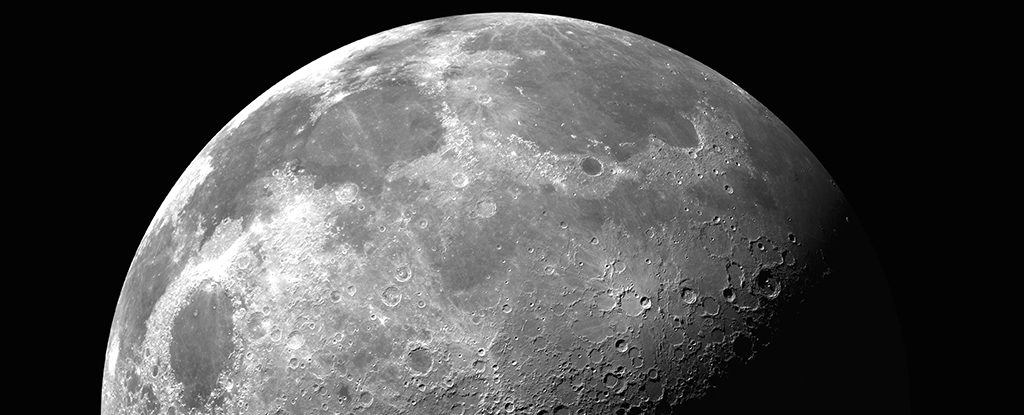Scientists continue to analyze samples of rock and soil that were brought back China’s lunar rover Chang’e 5and the latest results suggest new types of geology from regions of the moon still to be discovered and explored.
Seven different rock types have been identified beneath 1.731 kilograms (3.816 pounds) of 2-billion-year-old regolith — the loose, crumbly dirt and debris on the lunar surface. One of the rocks is an entirely new type of lunar basalt, formed at a time when the moon was still volcanically active.
This regolith is the youngest to be brought back from the moon to date. It gives experts a glimpse into a different time period than other samples, helping them map a turbulent period in our near neighbor’s history.
The seven rock types listed in the study are all considered “exotic” because they are believed to have arrived at their current landing site from elsewhere.
“In such a young geological unit, the latter surface processes on the moon would transport a wide range of crustal components from various sources to the Chang’e-5 landing site,” the researchers write in their published paper.
About 3,000 particles less than 2 millimeters (0.08 in) in size were sifted through by the researchers as they searched for evidence of past impact craters and volcanic activity. How on earth, these types of Igneous rocks can tell a geological story.
Three of the clasts were characterized by unusual petrological and compositional features, the researchers say. The Ti-rich Vitrophyrian fragment — rich in titanium, with larger crystals embedded in glassy rock — exhibits mineralogy we have never seen on the moon and likely represents a new type of lunar rock.
According to the study’s authors, these rock particles can be associated with locations on the Moon up to 400 kilometers (249 miles) from where they were found and have been blasted across the surface by a number of asteroid impacts over the millennia.
“These exotic igneous clasts would record lithological diversity and regolith nursery processes [roughly 2 billion year old] young mare regions of the moon”, write the researchers.
Putting all of this together, one concludes that these fragments came from parts of the lunar surface that we do not yet know geologically. There may even have been volcanic eruptions that we don’t know about yet.
However, only about 0.2 percent of the material in the samples was classified as exotic, instead of the expected 10 to 20 percent. That suggests that scientists, at least in this newer region, need to rethink the way ejecta spread across the lunar surface.
Chang’e 5 collected its samples in the Mons Rümker region to the north Oceanus Procellarum of the moon and other samples – as well as existing ones from previous missions – will be useful to learn more about how the lunar surface has evolved and where future landing and bases should be located.
The research was published in natural astronomy.





